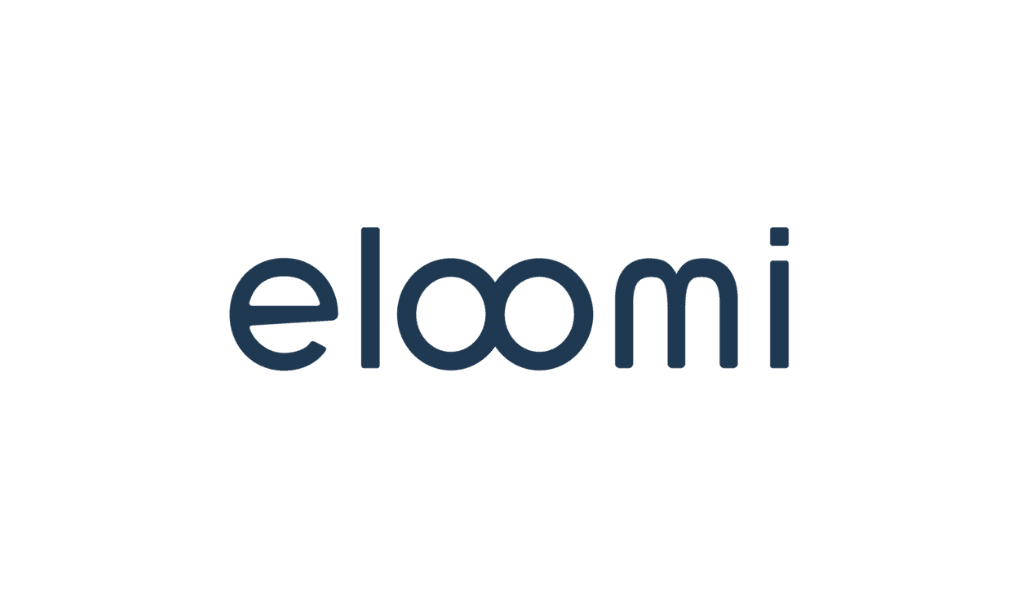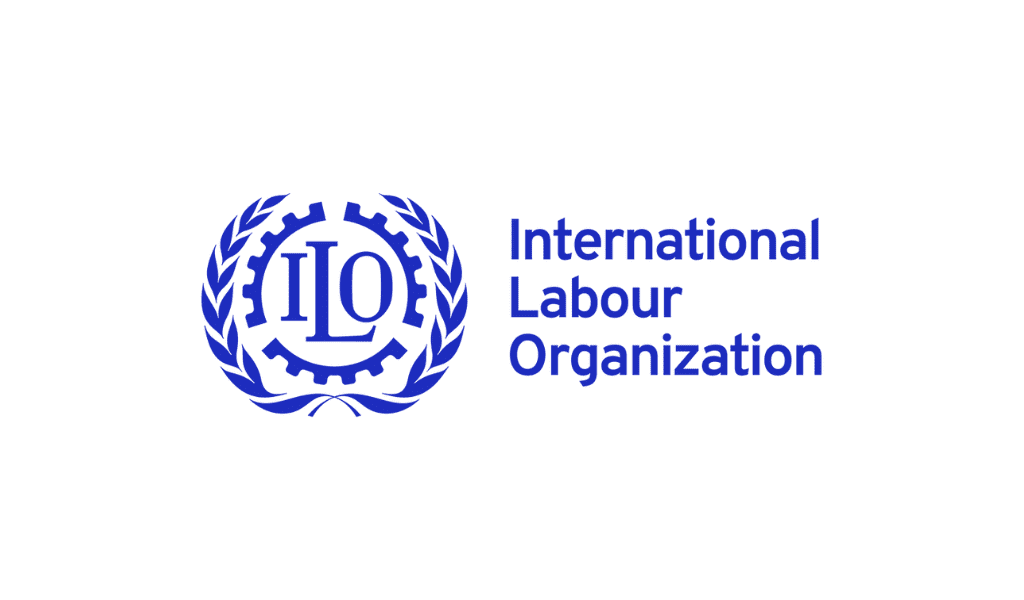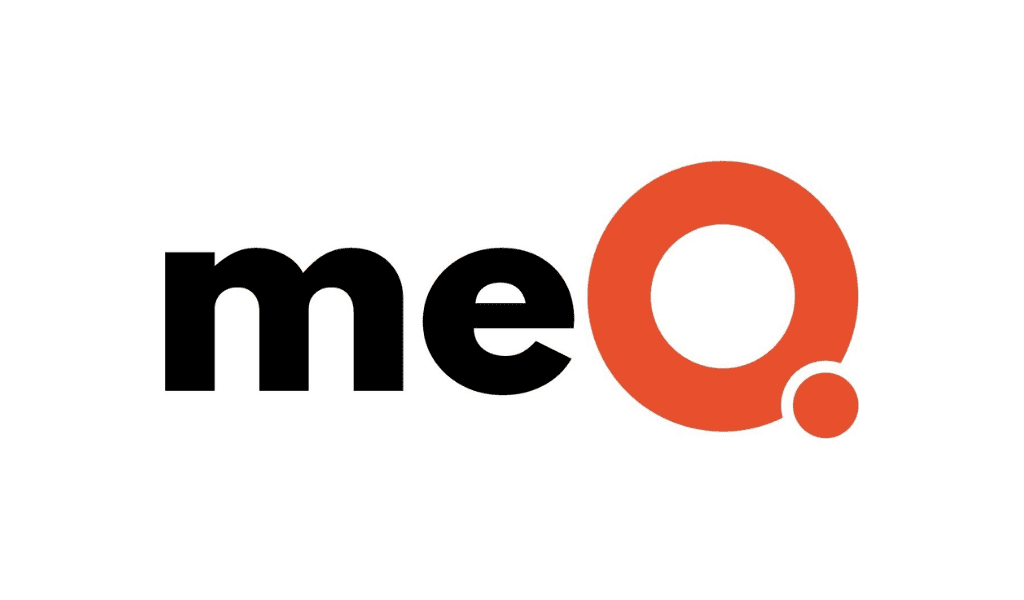How can HR implement this strategy in order to benefit their business?
By Marta Chmielowicz
“Agile” has long been a business buzzword, but the COVID-19 crisis has accelerated its adoption across the HR function. The uncertain and ever-changing nature of the pandemic has forced HR leaders to transform their business priorities, talent management practices, and technology tools in the blink of an eye.
In fact, Gartner’s recent The Agile HR Function Survey indicates that 63% of respondents are now using some variation of agile methods and principles within their HR department, and most organizations are shifting to agile as a way to improve their business outcomes.
However, there is lingering uncertainty in how agile can apply to the needs of HR. Seventy-eight percent of HR leaders do not have a defined strategy in place to guide their agile approach.
How can HR implement agile in the best way to benefit their business? Gartner recommends three best practices.
1. Allow HR professionals to focus on strategy. HR departments often get bogged down in organizational silos, poor data visibility across the organization, and lack of technology that can standardize routine processes. As a result, HR leaders waste valuable time that can be better spent making connections and driving strategy.
This is confirmed in the research: A 2019 Gartner HR Structure survey showed that less than 40% of HR leaders believe their function separates transactional and strategic tasks appropriately.
To truly be agile, these professionals need to be given tools that can automate transactional tasks and free their time to focus on high-impact organizational problems. Talent platforms that aggregate employee data from across the organization and artificial intelligence-driven tools that enable the talent acquisition process can be a good first step.
2. Understand the needs of the business. Gartner research finds that only 29% of employees agree that HR understands their needs and expectations. While employee engagement surveys and entry and exit surveys are commonly used to gauge employee sentiment, HR leaders need to dive into the data even further if they want to understand how to have a strategic impact. Frequent and short pulse surveys, recognition data, and productivity metrics can all be leveraged to paint a fuller picture of employee engagement.
3. Maintain a flexible approach to planning. Like most business leaders, HR professionals set their key priorities at regularly scheduled strategic planning sessions. However, this can be a detriment at a time when circumstances and regulations are rapidly evolving.
According to Gartner’s 2020 Agile HR Function Survey, only one-third of HR leaders agree that projects are paused or stopped if they are no longer deemed strategic or valuable, and only 34% of HR leaders agree that resources are reallocated as needed to tackle priority work.
To succeed in the post-COVID world, HR leaders need to be quick on their feet, constantly reassessing their business priorities and the efficacy of their programs to ensure the highest-priority projects receive the greatest investment.














